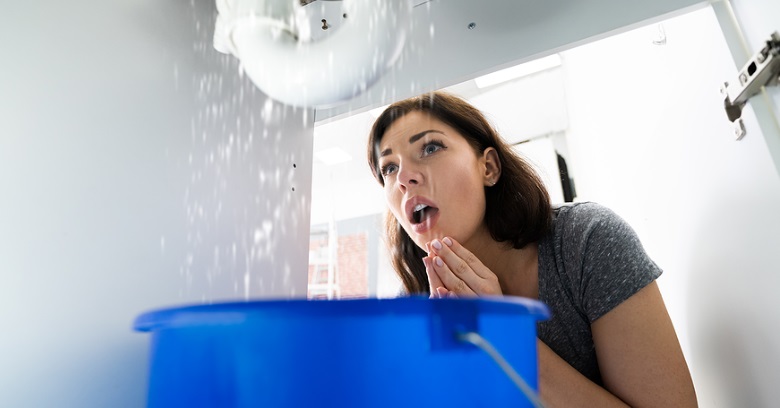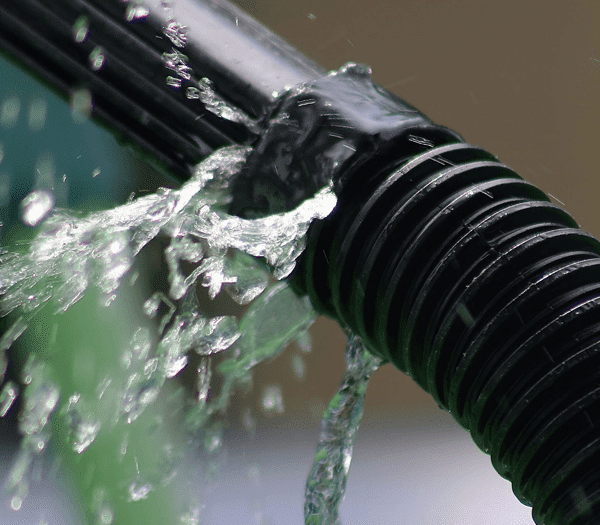How to Promptly Spot and Effectively Repair a Burst Pipe
How to Promptly Spot and Effectively Repair a Burst Pipe
Blog Article
Listed here in the next paragraph you can get lots of awesome content around How to Prepare for Your Dishwasher Installation.

A ruptured pipe is a significant emergency; you can only stand as you enjoy water you pay dearly to rejoin with the planet. In worse instances, you discover a pool on your cooking area floor, which is a great journey danger, especially if you have kids around. If the pipeline that burst remained in your wall surfaces, problem: you might need to paint that entire section.
How can a catastrophe like a burst pipe be prevented and also handled? Well, by paying attention to your professional emergency plumbing professionals and also complying with these guidelines.
How do I understand when my pipes have burst?
Rising and fall water pressures
Pipes do not just burst in a day. You might have noticed that your kitchen area faucet or shower does not run instantly when you transform the tap. It might pause for a couple of seconds and after that blast you with more force than common.
In other circumstances, the water might seem typical in the beginning, after that decrease in stress after a couple of seconds.
Wet wall surfaces and water stains
Prior to a pipeline bursts, it will leak, a lot of times. If this relentless dripping goes undetected, the leakage may graduate right into a broad gash in your pipe. One easy method to avoid this emergency is to watch out for damp wall surfaces advertisement water spots. These water spots will lead you right to the leak.
Puddles under pipes as well as sinks
When a pipe bursts, the outflow develops a puddle. It might show up that the puddle is growing in size, as well as regardless of the number of times you mop the puddle, in a few mins, there's one more one waiting to be cleaned up. Commonly, you might not have the ability to trace the puddle to any visible pipes. This is a sign to call an expert plumber.
Untraceable dripping noises
Pipeline ruptureds can take place in one of the most unpleasant places, like within concrete, inside walls, or under sinks. When your house goes silent, you may be able to hear an irritatingly consistent trickling sound. Also after you've checked your shower head and also cooking area faucet, the leaking may proceed.
Beloved viewers, the leaking might be originating from a pipe inside your walls. There isn't much you can do about that, other than inform a professional plumber.
Shut off the Water
When water freezes, it broadens in quantity by concerning 9 percent. As well as it broadens with remarkable force: The pressure inside pipelines might go from 40 pounds per square inch to 40,000 psi! No pipe can hold that much pressure, so it breaks open. The break might happen where the ice forms, but more often, it occurs where water stress finds a weak point in the pipe. That might be inches and even feet from the icy location. Find the water shutoff valve and also shut off the water to stop even more damage. You may likewise need to shut down the electrical energy as well, relying on where the leaks takes place as well as just how huge it is.
Polluted water
Many people think a burst pipeline is a one-way outlet. Rather the contrary. As water flows out of the hole or wound in your plumbing system, pollutants locate their method.
Your water may be polluted from the resource, so if you can, inspect if your water container has any troubles. However, if your alcohol consumption water is supplied as well as purified by the local government, you should call your plumber promptly if you see or smell anything funny in your water.
What do I do when I detect a burst pipeline?
Your water meter will remain to run even while your water wastes. To lessen your losses, find the major controls as well as transform the supply off. The water mains are an above-ground framework at the edge of your residential or commercial property.
How to Fix & Detect a Leaking Pipe
How Do I Know if a Pipe is Leaking?
Leak detection tests can help you determine if your pipe has a leak. Even if you don’t see an apparent leak, you should still conduct leak detection tests regularly to save water and money—and prevent major damage to your home.
Water meter. It can be helpful to figure out what your usual water meter usage numbers are and then monitor them regularly. To monitor your meter, first, turn off all water faucets in your home. Check the meter and write down the numbers. In a few hours, check the meter again. If the numbers have changed, you have a leak. Water gauge. Use a water gauge to test your water pressure. Your showerhead should produce a certain amount of water pressure based on its model and design. If the pressure is lower than it is supposed to be for that specific showerhead, your home likely has a leak. Puddles. Look inside your bathroom, laundry, and kitchen sink cabinets. Puddles around the cabinets or around toilets, tubs, showers, and washing machines indicate the presence of a leaking pipe. You may also notice loose tiles, peeling or flaking paint, or mold caused by water accumulation. Napkin test. Even if you don’t see any puddles, you may still have a leak. You can test for water leaks in the bathroom, laundry, and kitchen by wiping below-sink connections with a napkin, paper towel, or piece of toilet paper. If it becomes damp, you probably have a leaking pipe under the sink. Discolored walls. Walls that are discolored—usually with brown or yellow stains—or bulging might mean that they have been impacted by water damage caused by a leaking pipe. Smell. A leaky pipe will create sitting water, and over time, that water may develop a musty smell. If your home smells musty, but you can’t locate the source, it may be due to a leak. Steps for Fixing a Leaking Pipe
A leaky drain can be remedied by tightening the pipe base, replacing the drain seal, caulking the rim, and tightening the pipe nut. Similarly, a leaking toilet pipe can be treated by tightening the packing nut. You may also need to replace the valve. A leaky faucet may just need tightening or replacement of the washers. If that doesn’t work, consider replacing your faucet. If your pipe has a hole in it, you may want to use a pipe leak sealer or pipe leak tape. This quick fix for water pipe leaks can also temporarily fix a copper pipe leak. https://www.ahs.com/home-matters/quick-tips/how-to-tell-if-pipes-are-leaking/

Do you like reading up on How to Install and Connect a New Dishwasher? Write a short review further down. We'd be interested to find out your reactions about this blog entry. We hope that you visit us again before long. Sharing is caring. Helping others is fun. I love reading our article about How to Prepare for Your Dishwasher Installation.
Prioritize plumbing safety. Report this page